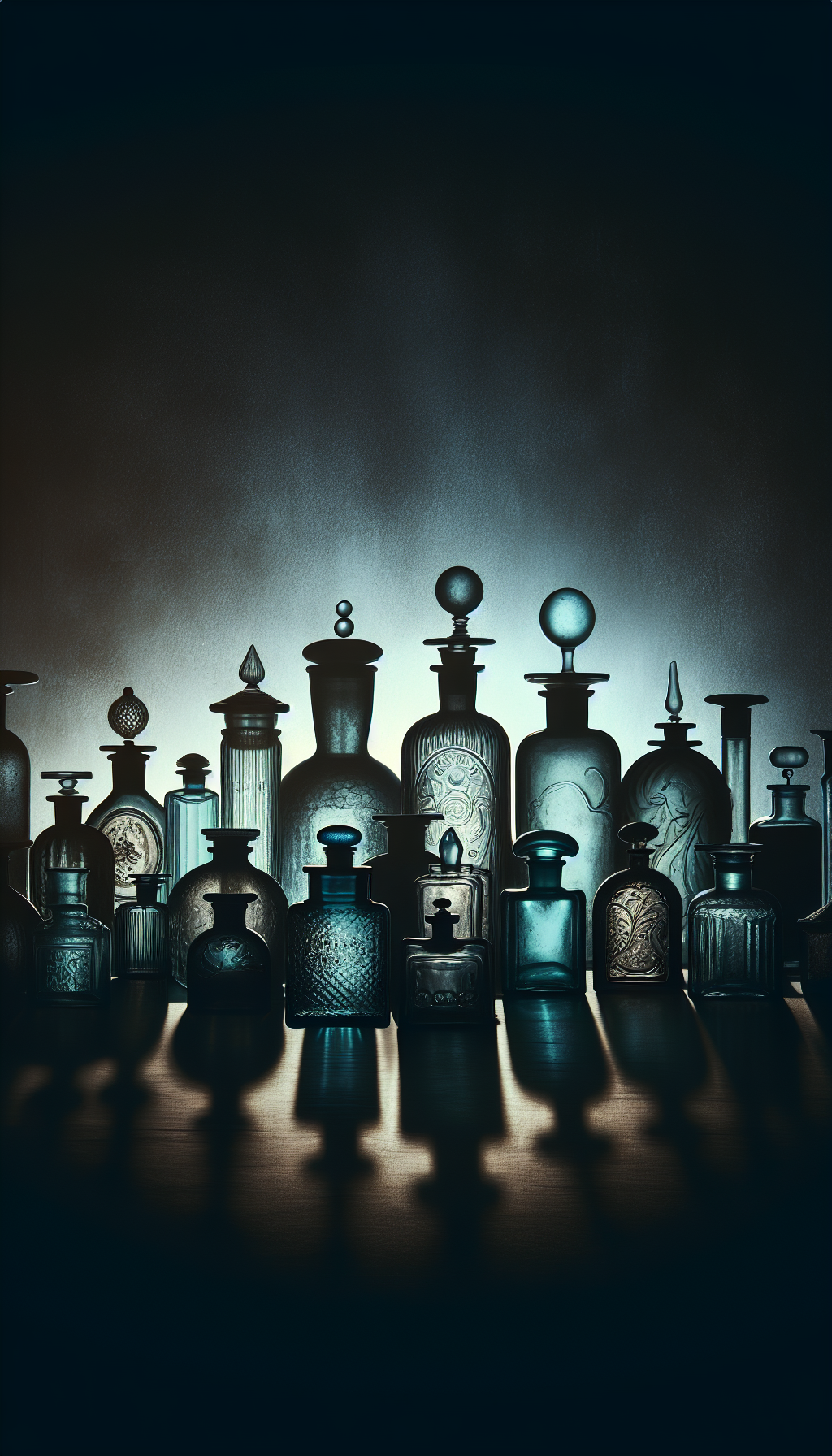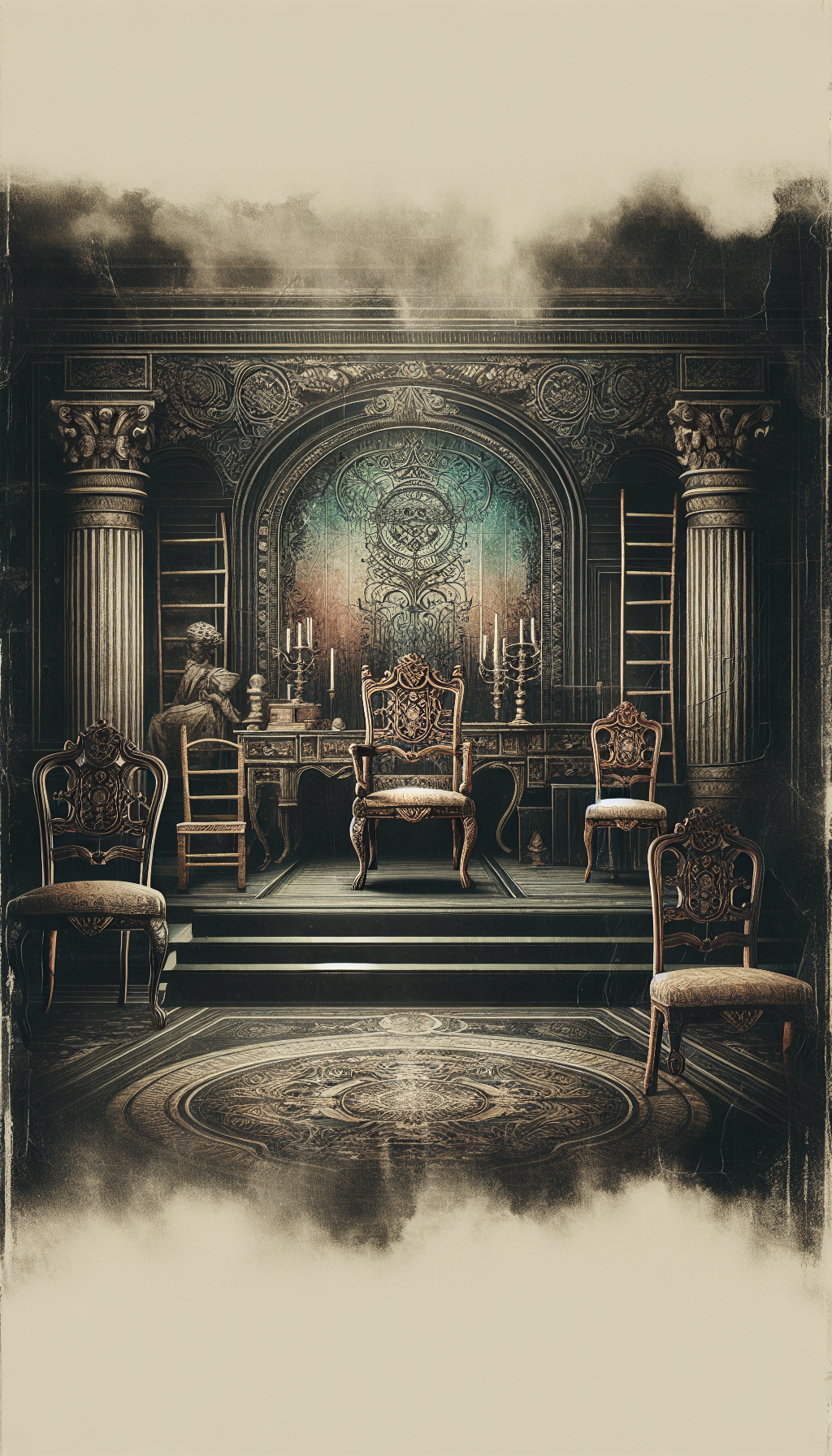19th Century French Media Lune Gaming Table
The elegant half-moon profile of the French “demi-lune” gaming table (often misrendered as “media lune”) makes it a favorite among collectors. Produced throughout the 19th century in a range of revival styles, these tables offered a discreet way to enjoy cards, chess, or tric-trac while doubling as a console when closed. For appraisers and enthusiasts, understanding the subtleties of form, construction, and finish can be the difference between an informed evaluation and a missed attribution.
This guide explains how to identify period features, distinguish style variants, assess condition, and gauge value drivers specific to 19th-century French demi-lune gaming tables.
Form and Function: What Defines the Type
Profile and top: The hallmark is a half-circle top that folds over to create a circular or nearly circular playing surface. The top typically pivots on rear hinges, and a rear leg swings out (or a segment of the base slides) to support the open top. The playing surface is commonly lined in green wool baize or leather.
Console disguise: Closed, the table presents as a demi-lune console set against a wall. This duality is central to the design’s appeal.
Interior fittings:
- Card tables often have a single baize surface with a molded edge serving as a crumb lip.
- Some examples integrate an inlaid chessboard on one side of the fold-over top, with baize on the other.
- More elaborate versions house removable tric-trac/backgammon trays within the frame or feature wells for counters and candle slides (tirettes) that pull out from the frieze.
Size: Most French demi-lune card tables stand 73–77 cm high (about 28.75–30.25 in). The straight wall side commonly spans 80–110 cm (31.5–43.25 in). Proportions vary by style; Louis XVI revival pieces tend toward a finer, lighter footprint than Napoléon III Boulle or ebonized examples.
Surface protection: Expect evidence of past re-linings—baize wears out. Original baize is rare and not essential for value, but the quality and period-appropriate color/texture of replacements matter.
Styles and Materials Across the 19th Century
French 19th-century furniture is stylistically rich, with frequent revivals. On demi-lune gaming tables, you’ll encounter:
Louis XVI Revival (c. 1820s–1890s)
- Design: Straight, fluted, or tapering legs; restrained “classical” ornament; guilloché, husk, or laurel borders; beaded moldings.
- Veneers: Satinwood (bois satiné), tulipwood, kingwood, amaranth, and mahogany; parquetry or stringing inlay.
- Mounts: Fine gilt-bronze (ormolu) borders and rosettes. Earlier 19th-century pieces may retain mercury fire-gilding; later examples often use electroplated mounts.
Louis XV Revival (Rococo)
- Design: Cabriole legs, sinuous aprons, asymmetrical foliate mounts; shaped skirts.
- Veneers: Kingwood, tulipwood, and other exotic veneers in book-matched or floral marquetry layouts.
- Interiors: Often simple baize, occasionally with inlaid chessboards.
Empire and Restauration (c. 1800–1840)
- Design: Stronger rectilinear forms; sabre legs; classical motifs (palmettes, swans, lyres).
- Materials: Dense mahogany, sometimes ebonized, with gilt-bronze mounts of military/classical character.
Napoléon III / Second Empire (c. 1850–1880)
- Design: Eclectic historicism; high-gloss finishes; ebonized bases; more elaborate engineering (concealed trays, dual-game surfaces).
- Materials: Boulle marquetry (brass and tortoiseshell), brass line inlay on ebonized grounds, marquetry with mother-of-pearl accents; lacquered or “vernís Martin”-style finishes appear, though less commonly on gaming tops.
Provincial and Boutique Workshop Variants
- Simpler oak or walnut carcasses with minimal mounts; local interpretations of revival fashions at lower cost.
Notable 19th-century Parisian makers/retailers include Jacob-Desmalter (early century), Maison Jeanselme, Maison Krieger, and later François Linke; many fine tables are unsigned. Retailer labels or inked stamps inside drawers or under frames can be valuable attribution clues.
Construction and Joinery: What to Look For
Understanding how these tables were built is essential for dating, authentication, and valuation:
Carcass and secondary woods:
- French veneered furniture commonly uses oak as the primary carcass wood beneath fine veneers. Drawer linings may be oak or beech; softwoods appear in some later 19th-century pieces.
- English counterparts often employ deal/pine; mixed wood species suggest later marriages or repairs.
Folding mechanism:
- Hinges: Expect robust brass hinges at the rear. A rule-joint profile on the fold-over edge is typical for a flush opening.
- Support: The rear leg often swings out on a pivot (“gate” or swing leg). In higher-quality pieces, the swing mechanism is tight-fitting and precise, with well-seated tenons and minimal wobble.
Joinery:
- Dovetails in drawers should show hand-cut variability in earlier pieces (early-mid 19th century) versus more uniform machine-cut tails later in the century.
- Apron-to-leg joints are usually mortise-and-tenon; look for crisp shoulders and tight joinery, especially on Louis XVI revival tables.
Fasteners and tool marks:
- Early 19th century: Hand-filed screws with off-center slots; irregular threads.
- Late 19th century: More uniform machine screws; standardized slotting.
- Consistency across the table matters—uniform, modern screws throughout can indicate heavy restoration or reproduction.
- Hand-planed surfaces, riven veneers, and irregular saw marks are more likely earlier; highly uniform machine-planed tooling suggests later production.
Mounts and gilding:
- Mercurial fire-gilded bronze presents a rich, “buttery” matt with burnished highlights and exceptional detail in the chasing; wear exposes a warm bronze tone before coppery undertones.
- Electroplated mounts tend to be brighter, with sharper color shifts to base metal where rubbed. Crisp chasing is still possible but usually less sculptural than top-tier early mounts.
Underside and interior clues:
- Secondary surfaces may bear chalk assembly marks, penciled numerals, or paper labels from Parisian retailers.
- Uniform black spray or overly tidy undersides can be signs of later refurbishment.
Dating and Attribution: 18th vs. 19th vs. Later
Guild stamps (JME):
- The 18th-century Parisian guild system required jurande stamps (JME) and maker stamps—absent after 1791. A genuine JME stamp indicates pre-Revolutionary production, not 19th century.
Early 19th century (Empire/Restauration):
- Predominantly mahogany, restrained ornament, sabre or turned legs, high-quality mounts, hand-cut joinery.
Mid-century Louis XVI/XV revivals:
- Return of marquetry and ormolu, fluted or cabriole legs, string inlay and parquetry. By the 1850s, greater standardization in hardware appears.
Napoléon III:
- Ebonized grounds, brass inlay, Boulle techniques, mother-of-pearl accents, and more complex interiors. Retailer stamps and inked marks are common.
20th-century revivals and reproductions:
- Veneers are thinner; substrates may be plywood; screws fully standardized; mounts cast with less crispness; patination can look uniform or chemically induced.
Attribution without a stamp rests on the convergence of design vocabulary, craftsmanship, mounts quality, and retailer marks. If a label is present (e.g., Maison Krieger), examine whether it aligns with the construction period and style; beware of transplanted labels.
Condition and Conservation Considerations
Veneer issues:
- Edge lifting, shrinkage cracks following the grain, and small patch repairs are typical. Check for broad veneer replacements that interrupt the original pattern—these can affect value.
Surface and finish:
- French polish (shellac) was widely used in the 19th century. Over-polishing can erase edges and detail. Micro-scratches and a soft glow are appropriate; a mirrored, thick spray finish is a red flag.
Baize or leather:
- Re-lining is expected; use high-quality wool baize in period-appropriate green. Poorly stretched or synthetic felt detracts.
Mounts:
- Over-cleaned ormolu loses crispness; later re-gilding can be too bright. Screws holding mounts should be period-appropriate; mismatched holes suggest replaced mounts.
Woodworm:
- Old flight holes are common in European oak. Look for fresh frass or powder for active infestation. Treat before moving or restoration.
Structural integrity:
- The swing leg or gate should support the open top without racking. Excess play or misalignment points to worn pivots or past breaks.
Reversibility:
- When restoring, use hot hide glue for veneers and joints so future conservators can reverse interventions. Avoid PVA on veneered surfaces.
Environmental care: Keep relative humidity around 40–60%, avoid direct heat sources, and protect from strong UV. Wax sparingly with a microcrystalline wax; avoid silicone polishes.
Market and Valuation Factors
Quality and maker:
- High-grade marquetry, crisp mounts, refined joinery, and a known retailer/maker elevate value significantly.
Style and materials:
- Fine Louis XVI revival with kingwood/tulipwood veneers and quality ormolu is consistently sought after.
- Napoléon III Boulle or ebonized/brass-inlaid examples command strong interest when well-executed.
Functionality:
- Working mechanisms, intact candle slides, and dual-game surfaces are pluses. Original tric-trac trays or fitted interiors add value.
Condition and originality:
- Honest wear with careful conservation is preferred to heavy refinishing. Sensible baize replacements are acceptable; large veneer replacements, replaced mounts, or compromised structure depress value.
Provenance:
- Documented provenance, exhibition history, or inclusion in a noted collection supports higher estimates.
Indicative auction outcomes vary widely by region and quality. Unsigned but good-quality demi-lune gaming tables often trade in the mid four figures; exceptional, signed, or Boulle/marquetry masterpieces can reach into the low- to mid-five figures. Consider this guidance directional; always calibrate to current local market data.
Red Flags and Common Misconceptions
“Media lune” vs. “demi-lune”: The correct French term is “demi-lune.” Dealers sometimes use “media lune”; clarify in descriptions but focus on objective features.
Converted consoles:
- Some demi-lune consoles are later modified into “gaming tables” by adding baize or hinges. Look for non-original hinge mortises, fresh wood at the fold, or inconsistent patina.
Married pieces:
- A top from one table on a different base is not uncommon. Mismatched woods, veneers, or screw holes are clues.
Too-new finishes:
- A glossy, plastic-like surface, uniformly bright mounts, and modern screws suggest recent manufacture or heavy overhaul.
Over-restored interiors:
- New baize is fine; brand-new trays, chip wells, or chess inlays unevenly aged relative to the carcass warrant scrutiny.
Practical Checklist for Appraisal or Purchase
Confirm form:
- Half-moon fold-over top with proper swing-leg support; opens and closes smoothly.
Inspect carcass and veneers:
- Oak substrate typical; veneers consistent with style (kingwood, tulipwood, satinwood, mahogany). Check for wide replacement patches.
Hardware and mounts:
- Hinges and screws appropriate for period; ormolu crisp, not over-polished; mounts seated without extra holes.
Interior:
- Baize/leather well-fitted; any chess/tric-trac elements plausibly period. Candle slides (if present) glide and fit.
Joinery and tool marks:
- Hand-cut dovetails earlier; uniform machine dovetails later. Planing and saw marks should match age claims.
Labels/stamps:
- Look for retailer labels, ink stamps, assembly marks; absence of JME for 19th-century production.
Condition:
- Check structural stability, woodworm, and moisture damage. Ensure the open top sits level and is adequately supported.
Provenance and comparables:
- Note documentation; compare with known period examples to sanity-check style and construction.
FAQ
Q: How can I tell a true gaming table from a demi-lune console? A: A true gaming table has a fold-over top with interior playing surface and a swing-leg or support mechanism. Consoles typically have fixed tops and no baize or interior fittings. Look for original hinge mortises and a properly integrated support leg.
Q: Does replaced baize reduce value significantly? A: Not usually. Re-lining is expected given wear. Use high-quality wool baize in a period-appropriate green. Poor materials or amateur installation can detract, but professional re-lining is standard conservation.
Q: Are unsigned 19th-century French tables collectible? A: Yes. Many fine examples were workshop- or retailer-produced without maker stamps. Quality of veneers, mounts, and construction often matters more than a name, though documented attribution can boost value.
Q: What’s a quick dating clue between early and late 19th century? A: Early 19th often shows hand-filed screws, hand-cut dovetails, and mahogany/Empire aesthetics. Late 19th frequently features machine screws, more standardized joinery, ebonized/brass-inlaid surfaces, and Napoléon III eclecticism.
Q: Is mercury fire-gilding dangerous to own? A: The process was hazardous to artisans, but finished mounts are stable. Do not abrade or heat mounts. If regilding is necessary, choose conservators who avoid invasive methods and document the work.
By grounding your evaluation in the intersection of form, construction, mounts, and finish, you can more confidently identify, date, and value a 19th-century French demi-lune gaming table—whether labeled “demi-lune” or “media lune.”



